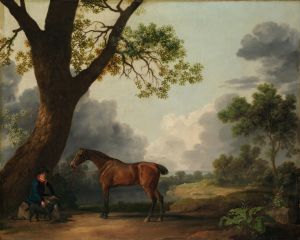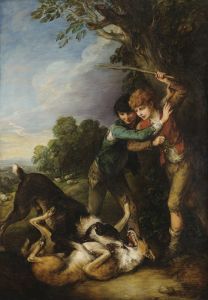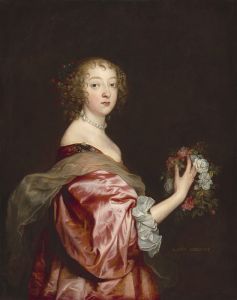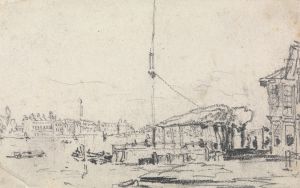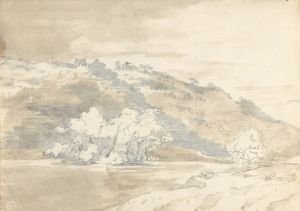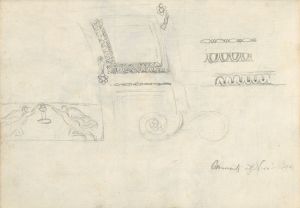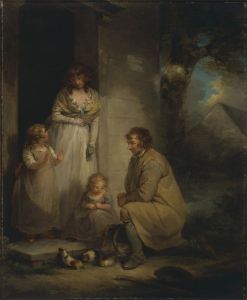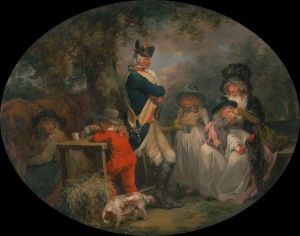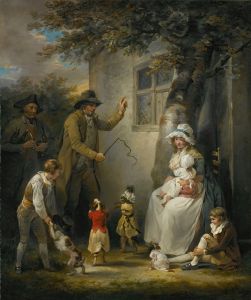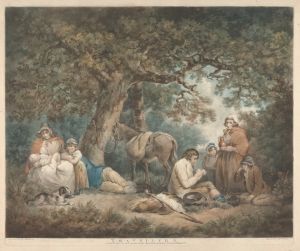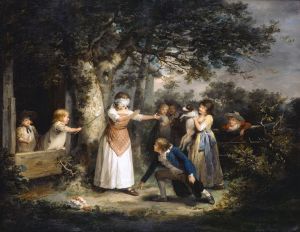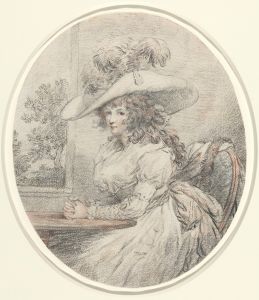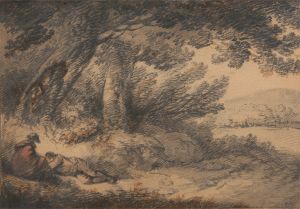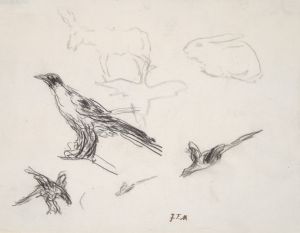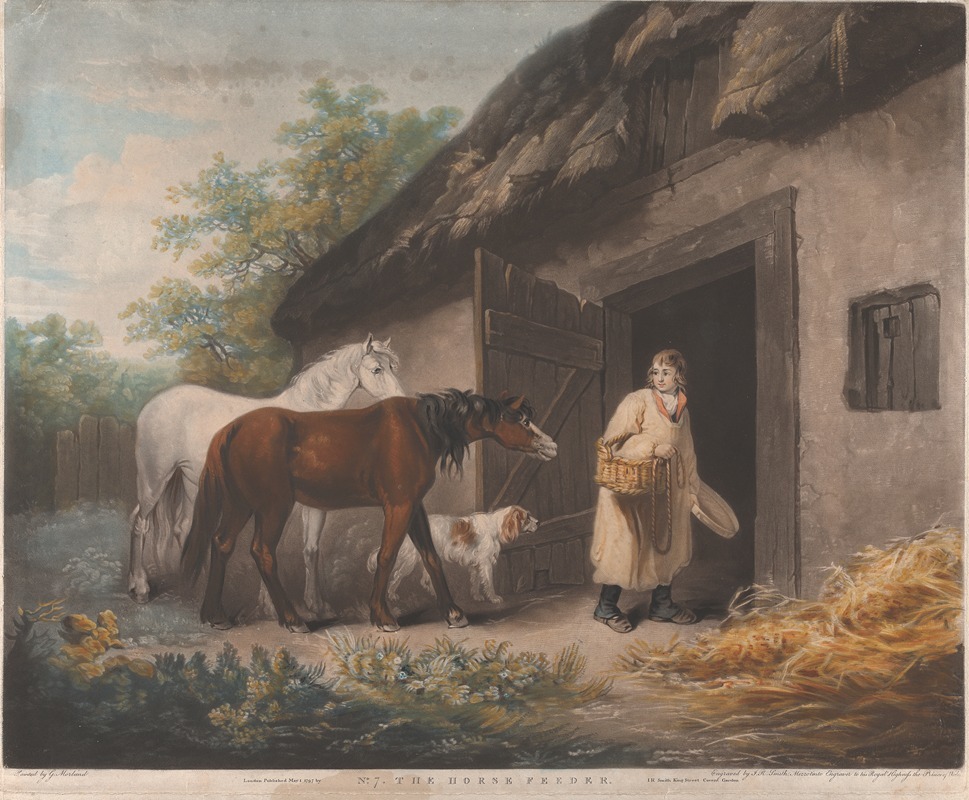
The Horse Feeder
A hand-painted replica of George Morland’s masterpiece The Horse Feeder, meticulously crafted by professional artists to capture the true essence of the original. Each piece is created with museum-quality canvas and rare mineral pigments, carefully painted by experienced artists with delicate brushstrokes and rich, layered colors to perfectly recreate the texture of the original artwork. Unlike machine-printed reproductions, this hand-painted version brings the painting to life, infused with the artist’s emotions and skill in every stroke. Whether for personal collection or home decoration, it instantly elevates the artistic atmosphere of any space.
George Morland was an English painter known for his rustic and rural scenes, often depicting the everyday lives of people and animals in the countryside. One of his notable works is "The Horse Feeder," which exemplifies his skill in capturing the essence of rural life during the late 18th and early 19th centuries.
"The Horse Feeder" is a painting that showcases Morland's ability to portray animals and their interactions with humans in a naturalistic and engaging manner. The artwork typically features a scene where a horse is being fed, often accompanied by figures such as a farmer or stable hand. Morland's attention to detail and his use of color and light bring a sense of warmth and realism to the scene, making it relatable to viewers of his time and beyond.
George Morland was born in London in 1763 and was the son of the artist Henry Robert Morland. He showed artistic talent from a young age and was apprenticed to his father, who was also a painter. Morland's early exposure to art and his father's influence played a significant role in shaping his career. By the age of ten, he was already exhibiting his works at the Royal Academy, demonstrating his precocious talent.
Throughout his career, Morland was known for his prolific output and his ability to work quickly. He often painted scenes of rural life, including landscapes, animals, and genre scenes that depicted the daily activities of common people. His works were popular among collectors and the general public, and he enjoyed considerable success during his lifetime.
Morland's paintings, including "The Horse Feeder," are characterized by their lively compositions and the artist's keen observation of nature. He had a particular affinity for depicting horses, which are often central to his compositions. His ability to capture the anatomy and movement of horses with accuracy and sensitivity is evident in "The Horse Feeder," where the animal is rendered with a sense of vitality and presence.
Despite his success, Morland's life was marked by personal struggles, including financial difficulties and issues with alcohol. These challenges often impacted his career and personal life, leading to periods of instability. Nevertheless, his artistic legacy endures, and his works continue to be appreciated for their charm and insight into rural life in England during his era.
"The Horse Feeder" remains a testament to George Morland's talent and his contribution to the genre of rural and animal painting. His ability to capture the simple yet profound interactions between humans and animals has left a lasting impression on the art world, and his works are still studied and admired today for their technical skill and emotive power.





